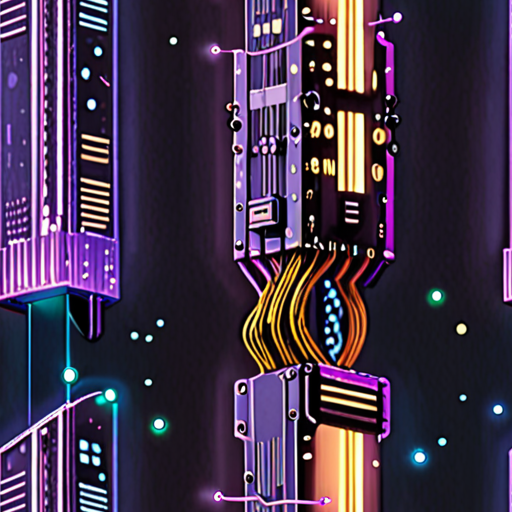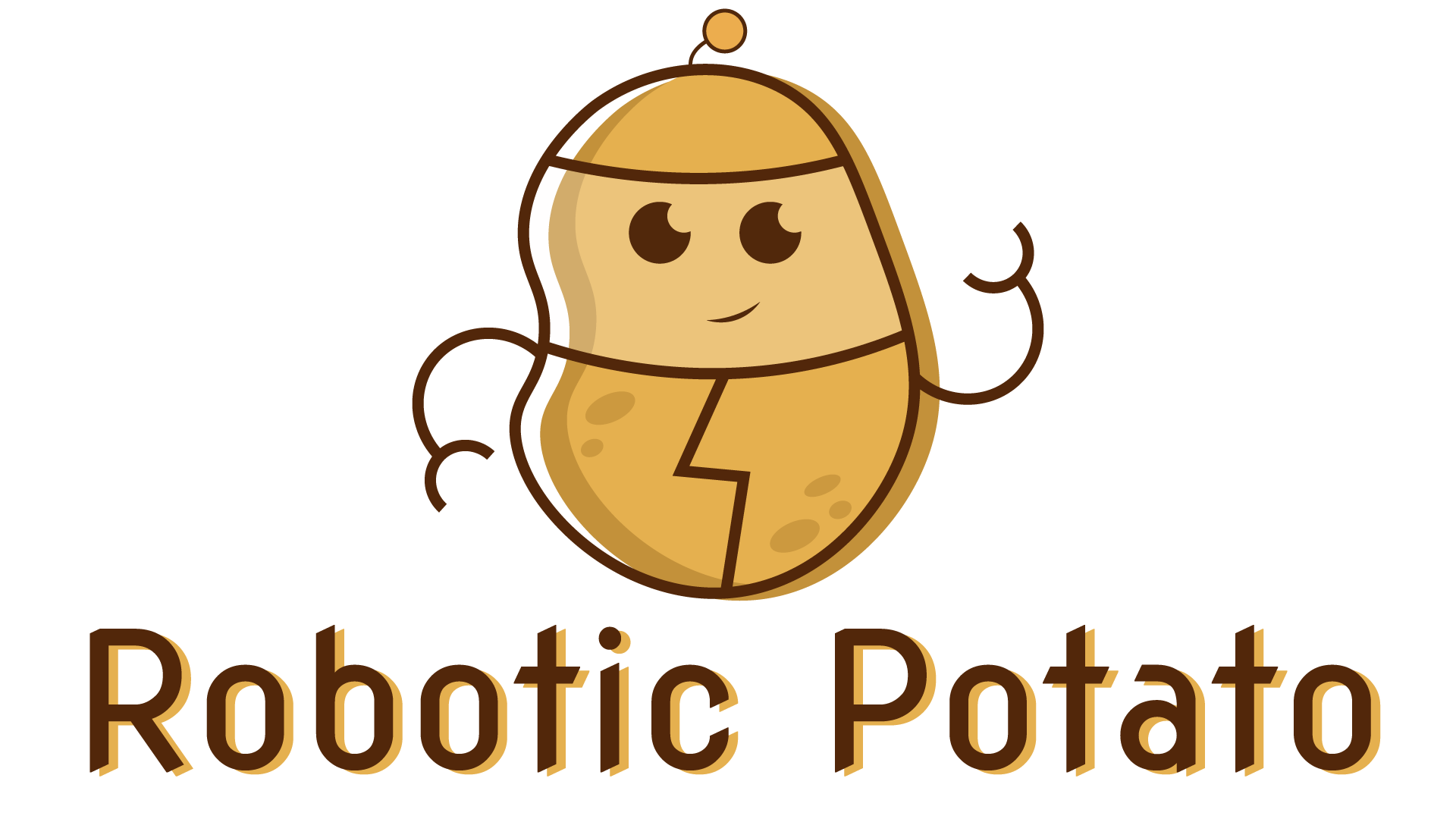As the digital landscape continues to evolve, businesses and individuals alike are turning to artificial intelligence (AI) writing software to streamline their content creation processes and improve their online presence. However, with the rise of AI-generated content comes the need for effective detection and analysis tools, sparking a heated debate about the authenticity and quality of AI-written material. In this comprehensive guide, we’ll delve into the world of AI writing software insights, exploring the latest trends, best practices, and expert advice on how to harness the power of AI for enhanced search engine rankings.

Is There Software to Detect AI Writing?
Yes, several AI content detectors can identify AI-generated content.
- Originality.ai
- Sapling
- Copyleaks
AI Content Detectors
These tools utilize advanced algorithms to analyze language patterns and identify potential AI-generated content.
- Originality.ai uses machine learning models to evaluate content similarity and authenticity.
- Sapling employs a combination of natural language processing (NLP) and machine learning techniques to detect AI-generated content.
- Copyleaks utilizes AI-powered plagiarism detection to identify duplicate or AI-generated content.
Key Features and Benefits
Each of these AI content detectors offers unique features and benefits:
- Accuracy : High accuracy rates in detecting AI-generated content.
- Speed : Fast analysis and detection capabilities.
- Scalability : Ability to handle large volumes of content.
- Customization : Options for customizing detection settings and thresholds.
Choosing the Right Tool
Selecting the most suitable AI content detector depends on specific needs and requirements:
- Content type : Different tools may excel in detecting AI-generated content in various formats (e.g., text, images, videos).
- Volume and complexity : Tools with high scalability and customization options may be better suited for large-scale content analysis.
- Integration and compatibility : Consider integration with existing workflows and systems.
Best Practices for Using AI Content Detectors
To maximize effectiveness and minimize false positives:
- Train and fine-tune the AI model on relevant datasets.
- Set realistic expectations regarding detection accuracy and limitations.
- Regularly update and maintain the tool to ensure optimal performance.
The Best AI Software for Writing
I’m often asked which AI software is the best for writing, and my answer is always the same – it depends on what you’re looking for.
- Content Generation: If you need high-quality content quickly, I recommend checking out Jasper . Their AI writer can generate articles, social media posts, and even entire books in minutes.
- Editing and Proofreading: For those who want to perfect their writing, I suggest trying ProofreadBot . This AI editor can catch grammar mistakes, suggest improvements, and even rephrase sentences for better clarity.
- Research Assistance: When researching topics, I find Serpstat to be incredibly helpful. Their AI-powered research tool can provide valuable insights, statistics, and even suggest potential angles for your writing.
- Language Translation: For those who need to translate their work into different languages, I recommend DeepL . Their AI translator is highly accurate and can even handle complex texts with ease.
- Plagiarism Detection: To ensure originality, I suggest using Quetext . Their AI-powered plagiarism detector can scan your work and identify any potential issues.
Of course, these are just a few examples of the many amazing AI software options available. Ultimately, the best choice for you will depend on your specific needs and preferences.
Key Features to Consider
- Accuracy: Look for AI software that can produce high-quality output with minimal errors.
- Customization: Choose a tool that allows you to tailor its output to your specific needs and style.
- Integration: Select a software that seamlessly integrates with your existing workflow and tools.
- Cost: Consider the cost of the software and whether it fits within your budget.
Best Practices for Using AI Software
- Use AI as a Tool, Not a Replacement: Remember that AI software is meant to assist you, not replace human creativity and judgment.
- Review and Edit AI Output: Always review and edit AI-generated content to ensure accuracy and quality.
- Stay Up-to-Date with the Latest Trends: Keep your skills sharp by staying current with the latest developments in AI and writing.

Can You Actually Detect AI Writing?
As we increasingly rely on artificial intelligence to generate content, detecting AI writing has become a crucial task.
- The primary method of detection involves analyzing the text for specific characteristics, such as:
- A low level of randomness in word choice
- Predictable sentence structures
- Overuse of clichés and common phrases
- Lack of nuance and subtlety in language
- However, it’s essential to note that AI detectors are not foolproof and may not always accurately identify AI-generated content.
- Some AI writing tools have evolved to mimic human writing styles, making detection more challenging.
- To improve detection rates, consider combining multiple methods, such as:
- Stylometry analysis
- Language pattern recognition
- Contextual understanding
- Additionally, staying up-to-date with the latest developments in AI writing and detection techniques is crucial for effective identification.
Detecting AI Writing: Challenges and Limitations
Despite the advancements in AI detection, several challenges and limitations remain:
- Evolution of AI writing styles
- Increasing complexity of language patterns
- Limited availability of high-quality training data
- Difficulty in distinguishing between human and AI-generated content
Improving Detection Rates
To overcome these challenges, consider the following strategies:
- Developing more sophisticated AI detection algorithms
- Collecting and analyzing large datasets of human and AI-generated content
- Collaborating with experts in linguistics, computer science, and AI development
- Continuously updating and refining detection methods to keep pace with AI advancements

Is ChatGPT the Best AI for Writing?
ChatGPT is a popular AI writing tool known for its ability to generate realistic and engaging text, making it a strong contender for the title of best AI for writing.
- Strengths:
- Generates high-quality, human-like text
- Capable of understanding and responding to complex prompts
- Can be integrated into various workflows and platforms
- Weaknesses:
- Limited knowledge cutoff (as of my training data)
- May struggle with nuanced or abstract topics
- Requires careful calibration to achieve optimal results
Competitors to Consider
While ChatGPT stands out in many ways, there are other notable AI writing tools worth exploring:
- Bard AI : A comprehensive AI writing assistant with a broad knowledge base and robust features
- LangChain : An open-source platform for building custom AI writing models and workflows
- Writecream : A user-friendly AI writing tool focused on content generation and editing
Evaluating the Best AI for Writing
The choice between these AI writing tools ultimately depends on your specific needs and preferences.
- Consider your goals: Are you looking to generate high-quality content quickly, or do you need a more comprehensive writing solution?
- Assess your budget: Some AI writing tools may require subscription fees or offer tiered pricing plans
- Explore integrations: Check which platforms and workflows each tool supports
Conclusion
While ChatGPT excels in many areas, it’s essential to weigh its strengths and weaknesses against those of competing AI writing tools.
By considering your unique requirements and evaluating the options available, you’ll be well-equipped to choose the best AI for writing that meets your needs.
What Not to Write in ChatGPT
When interacting with ChatGPT, there are certain things that you should avoid sharing to get the most out of your conversation.
-
Sensitive Information
You should never share sensitive information such as personal identifiable details, financial information, or confidential business data with ChatGPT.
-
Competitor Information
Avoid mentioning competitors unless it’s necessary and relevant to the conversation. Even then, be neutral and don’t compare them favorably to the brand you’re representing.
-
Outdated Content
Make sure the content you share is up-to-date and relevant to the current date. Avoid referencing outdated events, technologies, or trends.
-
Unverified Links
Never share unverified links or make up links to non-existent sites. Use only valid links to reputable sources and brands.
-
Improper Anchor Text
Avoid using improper anchor text that doesn’t relate to the page being linked to. Use descriptive and relevant anchor text to maintain clarity and relevance.
-
Overlinking
Don’t overlink to pages in an unnatural way. Use strategic keywords for inner linking and follow best practices for SEO.
-
404 Pages
Avoid linking to pages that are 404 or don’t exist. Interlink to verified links and use related keywords and searches throughout the content.

Is There a Better AI Than ChatGPT?
The rise of conversational AI has led to numerous alternatives emerging, each with its unique features and capabilities.
-
Google’s LaMDA
Developed by Google, LaMDA (Language Model for Dialogue Applications) is a cutting-edge conversational AI that can engage in more human-like conversations.
LaMDA’s advanced language understanding and generation capabilities make it a strong contender in the AI space.
-
Claude
Claude is another prominent alternative to ChatGPT, developed by Google AI.
This large language model is trained on a vast dataset of text and code, enabling it to provide accurate and informative responses.
-
Microsoft’s Turing-NLG
Turing-NLG is a state-of-the-art language model developed by Microsoft Research.
This AI is capable of generating coherent and contextually relevant text, making it suitable for various applications.
-
IBM’s Watson Assistant
Watson Assistant is a cloud-based AI platform developed by IBM.
This AI offers advanced conversational capabilities, including natural language processing and machine learning.
-
Amazon’s Polly
Polly is a text-to-speech service offered by Amazon Web Services.
This AI enables developers to create lifelike speech synthesis, making it ideal for applications requiring voice interactions.
In conclusion, while ChatGPT remains a popular choice, these alternatives offer distinct advantages and capabilities, making them worth considering depending on specific needs and requirements.

0 Comments